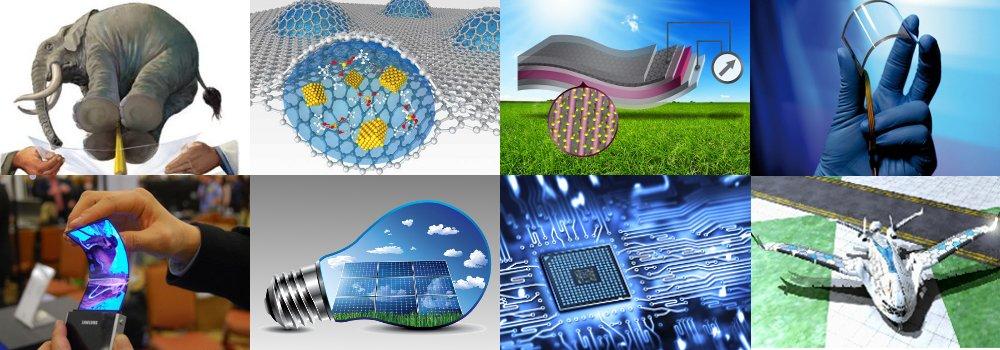Graphene Oxide use to create artificial photosynthesis

Graphene Oxide use to create artificial photosynthesis
A team of researchers success to create artificial photosynthesis using graphene oxide and a composite of perovskite quantum dots that reduces CO2 when stimulated with light has been developed by researchers from Sun Yat-Sen university in China. And it’s the first time of artificial photosynthesis based on perovskite quantum dots and graphene oxide.
The idea depends on prepared quantum dots semiconductor nanoparticles of a highly stable cesium–lead halide perovskite, as well as a composite material made of these quantum dots and graphene oxide. Both materials showed an efficient absorption of visible light and strong luminescence. The leader of team Dai-Bin Kuang and colleagues used these products to achieve a fundamental step in artificial photosynthesis the reduction of CO2. To simulate sunlight, they used a xenon lamp with an appropriate filter.
Perovskite quantum dot photocatalysts surpassed the efficiency of cadmium sulfide and other state-of-the-art materials in the conversion of CO2 to carbon monoxide and methane. Chemists also demonstrated the synergetic effect of the composite – when combined with graphene oxide, perovskite Quantum Dots (QDs) achieved photocatalytic performances 26% higher than QDs alone. According to researchers, graphene oxide boosts the efficiency of the QDs ‘improving the charge separation and transportation.’
Although hi-efficient, most halide perovskites have a major drawback lead contamination. ‘The environmental concerns on lead halide perovskites are unquestionable,’ Kuang remarks. His team is testing the properties of lead-free alternatives bearing cesium, silver and bismuth. ‘Fortunately, we screened some ideal candidates,’ he says. ‘And we are currently investigating their potential photocatalytic applications.’





















